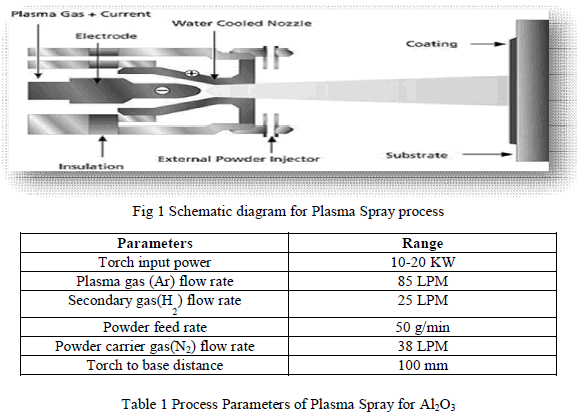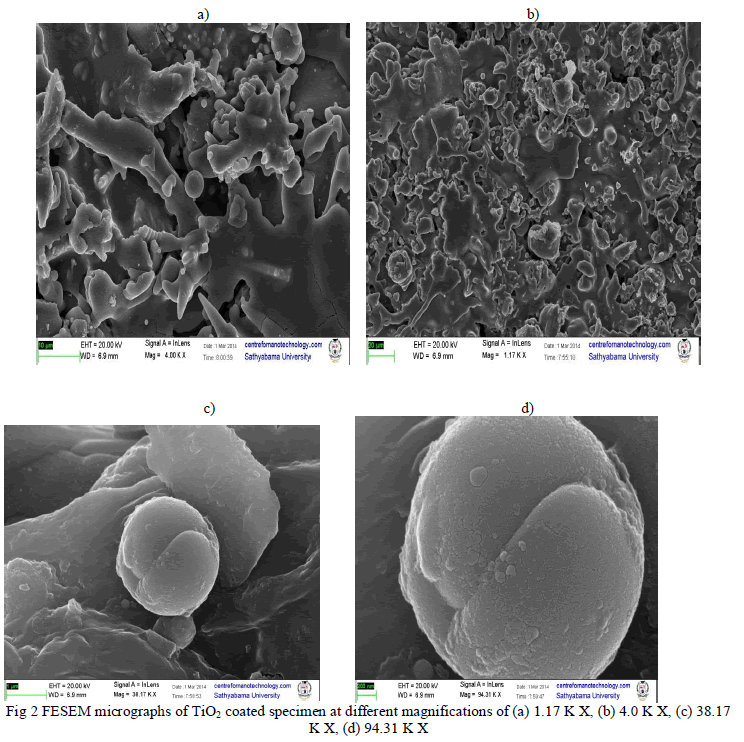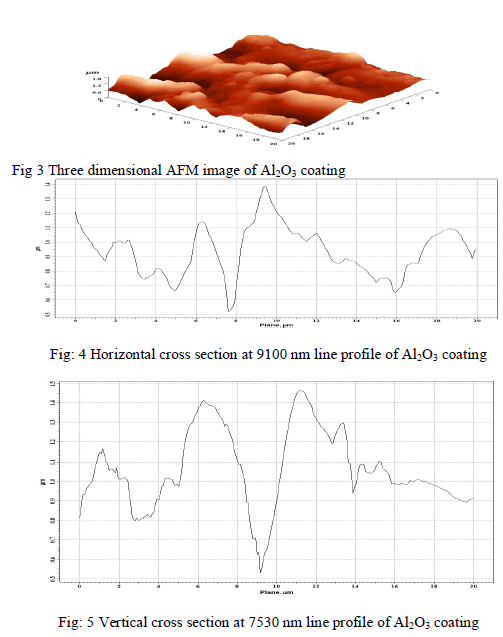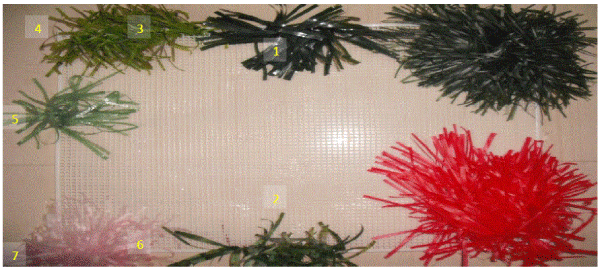ISSN ONLINE(2319-8753)PRINT(2347-6710)
ISSN ONLINE(2319-8753)PRINT(2347-6710)
| Bhakti D. Patel, Prof. Rupande N. Desai Visiting Faculty, Rubber Technology, L.D.Collage of Engineering, Ahmedabad, Gujarat, India |
| Related article at Pubmed, Scholar Google |
Visit for more related articles at International Journal of Innovative Research in Science, Engineering and Technology
Synthetic – turf or Astroturf, is a grass-like man-made surface manufactured from synthetic polymers. It is most used for sports field and in residential area where natural grass is difficult to grow. Synthetic turf consist three basic components – grass filaments, Infill and backing. Grass filaments require softness and impact strength. Through several generations, grass filaments developed from initially nylon, polypropylene and now from polyethylene. Crumb rubber is used as infill material which contains toxic chemicals present in tyre. Some of the drawbacks of these materials can be solved by modifications in materials like by introduction of TPE –thermoplastic elastomer, which has been presented in this paper.
Keywords |
| Synthetic turf, PE and SEBS blends, SEBS gel infill granules, Shock absorption pads |
INTRODUCTION |
| For the “Traditional” green manicured lawn look all year round without using a lot of water, fertilizer or maintenance, artificial turf is a water saving choice. Synthetic turf is a natural grass like man made surface. It is known as Astro turf also. Synthetic turf was invented in USA in astrodome city. Then through several generations this product got developed. Synthetic turf is used for indoor and outdoor applications as an artificial lawn. This product is advantages in golf court and in football ground where even surface is required. The synthetic turf contains three basic components, Grass Fibre, Infill and Backing. The grass fibre will give natural grass like appearance and cushioning effect on playing. Initially nylon was used as a grass fibre. Now polyethylene and polypropylene is used as a grass fibre. The grass fibre is extruding as filaments. Infill material is required for shock absorption and good impact strength during application. Crumb rubber from waste tier is used as an infill material. Silica sand is mixed with crumb rubber and lay down between the grass fibres. This infill will keep the grass fibre in up right position. Backing is woven polypropylene fabric which is a base of the product. Polyurethane is also used in backing. The grass filaments are tufted on backing in loop pattern. Simultaneously through cutting blades loop get cut and grass like filaments are formed. Then the back side of sheet is passed through latex tank for coating to fix the filaments with backing. Finally the product is ready for installation with binding agent. |
| Structure and components of synthetic turf |
 |
| The advantages of artificial turf are that it doesn’t need water, fertilizer, or mowing. It holds up to wear and tear far better than natural grass. Many are dog durable and gopher proof (there are no roots to eat). It’s safe for children because of less injuries and absence of pesticides and fertilizers. The installation for sport field is very fast than natural grass. |
| However, artificial turf does have its disadvantages due to some material used in product. |
| Grass filaments – polyethylene and polypropylene is used in filaments. The filament surface is not very soft like natural grass. Due to this abrasive surface skin cuts and wounds occur to players and children. This results into some injuries and infection. The surface temperature is also higher in hot days than surrounding atmosphere due to heat absorption of grass filament material. |
| The infill material – tire crumb rubber is used with silica sand as infill material. Tires are manufactured from natural and synthetic rubbers along with numerous chemical additives, including zinc, sulfur, carbon black, and oils that contain polyaromatic hydrocarbons (PAHs) and volatile organic chemicals. Because crumb rubber is manufactured from used tires, it probably contains the same chemicals as tire rubber. This cause allergy and infections through skin, inhalation and eyes also. This crumb rubber allergy is a major issue for US environmental agencies regarding to this artificial grass. Due to less shock absorption knee and ligament problems occur in players. |
| Now, the above drawbacks can be minimized by following options: |
| Grass filaments – Grass filaments require softer surface to avoid skin abrasion. The introduction of elastomeric material in PE can increase softness and smoothness in filament. As an elastomeric material TPE –thermoplastic elastomer are well process able with PE and PP polymers. Thermoplastic elastomer contains plastic and rubbery segments throughout the polymer chain so can be well mixed with PE. SEBS – styrene ethylene butylene styrene is a TPE material. Styrene is a plastic segment which can give strength and butylene is rubbery segment which will give softness and shock absorption. SEBS is used in orthopedic applications like knee and feet soft pads. No toxicity is involved in SEBS. |
| The infill material – The infill material require high shock absorption property for safety of players. If, SEBS soft gel granules are used as an infill material in place of tire crumb rubber than higher cushioning effect can be obtained. SEBS soft gel is prepared in granules form by mixing high proportion of paraffinic oil in SEBS. SEBS soft gel granules are non-toxic. So allergic effects of crumb rubber infill can be avoided. Due to higher shock absorption of SEBS soft gel granules knee and ligament problems can be minimized. |
| Characteristics of SEBS: Excellent weather resistance, Reduced surface abrasion, Used for plastic modification for improved smoothness, Increase low temperature flexibility, Enhance rubber like properties like shock absorption, Acts as Compatibiliser for PP and PE. |
| Structure of SEBS |
 |
| Specifications of SEBS (Taipol 6150): |
 |
| Characteristics of HDPE: |
| Excellent drawn ability, good extrudability, high tensile strength, high stiffness |
| Specifications of HDPE: |
 |
| Basic Process Steps: |
| Extrusion of yarns |
| The basic material consists of polypropylene or polyethylene granules. These pellets are melted for a fluid state. Specific substances are added to fulfil the highest requirements and obtain a long lasting resistance. Polypropylene and polyethylene are inert materials and don’t react easy with other substances. Depending on the extrusion method used, this creates long yarns or a film that will be cut into individual yarns. |
 |
| Tufting the carpet |
| Now the yarn is finished, they can be tufted into a backing. A backing is a woven fabric/cloth that forms the back of the artificial grass carpets. The artificial grass yarns or bundles of filaments are tufted into the backing in loops. Tufting is a process where a needle (like a big sewing needle) is pushed through the backing together with the (grass) yarn to form a loop or a pile. The loops are cut to create individual (grass) piles. In a tufting machine have more than 1000 needles on a row depending on the width of the grass carpet (for example 4.0 m) and the intensity of the piles. The loop is cut, so that the fibres will stand upright as a tuft. Lines are tufted or glued (during installation) into the turf in a different colour, depending on the usage of the turf. |
 |
| Finishing |
| After the tufting process the (grass) piles need to be fixed to prevent them from falling out during usage. In the third step, latex is applied to the backside of the backing to fix the piles and provide the backing more rigidity. Latex is a product that is liquid (like yoghurt) when it is put on the carpet. During the coating process it hardens to give rigidity to the carpet and to fix the grass piles. Fine holes are punched at the backside of turf for water drainage. After finishing the artificial turf is ready for installation. It is installed on basic field by applying rubber solution. |
| Shock absorption pads |
| These systems are designed to eliminate the need for excessive amounts of stone and also provide for some shock Absorption, Shock absorption pads ( under pad ) can be manufactured from tyre crumb rubber, Not in direct contact with skin so no risk of allergy but higher shock absorption can be achieved. |
 |
| Experimental work and result |
| SEBS is a TPE material which can be mixed with other polymers like PP - Poly propylene, HDPE – High Density Polyethylene and PS – Polystyrene on twin screw extruder. The mixing temperature 190 to 200 is required for dispersion of SEBS in other polymer matrix. To compare the test results of different types of polymer blends for grass filaments various blends were checked. All the results have been checked on visual inspection and the test results based on scientific scale are in process. SEM – Scanning Electron Microscopy is required to be analyzed to check the dispersion quality of blend. |
 |
 |
| Specification of grass filament: |
| Pile thickness – 100 microns, Geometry – slit film, Pile height – 15 mm. The grass filaments were prepared of above specifications. And the test results showed in table - 3. |
| Experiment 1 HDPE |
| The grass filaments from only HDPE were prepared. Good strength has obtained but surface smoothness and softness is lower. |
| Experiment 3 LDPE |
| The grass filaments of LDPE are of having good strength but shiny and slippery surface has obtained which is not preferable for synthetic turf. |
| Experiment 7 HDPE/ SEBS bend |
| HDPE and SEBS – Good surface smoothness and softness have obtained in fibres. Due to elastomer segment from SEBS good cushioning effect has obtained. Different proportions of SEBS with HDPE were tried and the results are shown in table 1.To increase the strength and surface smoothness both some reinforcing fillers can be tried. The experiment 6 was carried out by adding 2% phenolic resin to increase the strength. In this, the strength of grass filament was good but the surface was abrasive. SEBS is having good weather resistance but for UV resistance of grass filament 4% UV stabilizer was added and 4% green PE master batch was added. |
 |
CONCLUSION |
| From above experiments and visual results it can be conclude that grass filaments prepared from HDPE/ SEBS blend are excellent in softness and surface smoothness. To obtain good impact strength together with smooth surface various proportions are to be checked. SEBS soft gel granules can be used as infill material which is non-toxic material. So, allergic effects and injuries can be minimized during application. |
ACKNOWLEDGEMENT |
| We owe our great thanks to all the people, who have helped and supported us during our project on. Crumb rubber infill synthetic turf. We also extend our heartfelt thanks to our friends and well wishers. |
References |
|